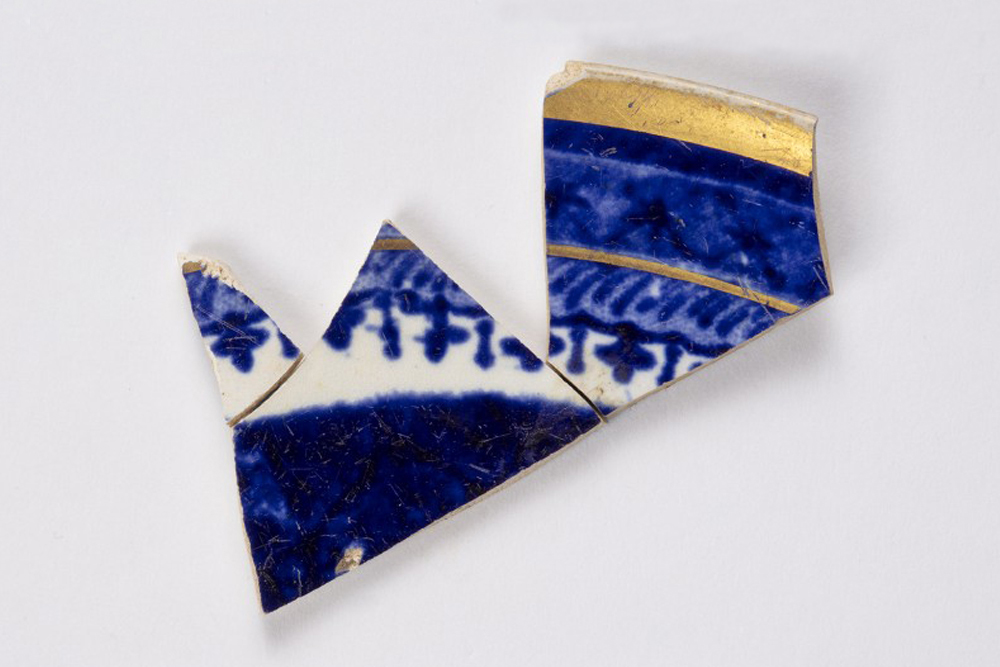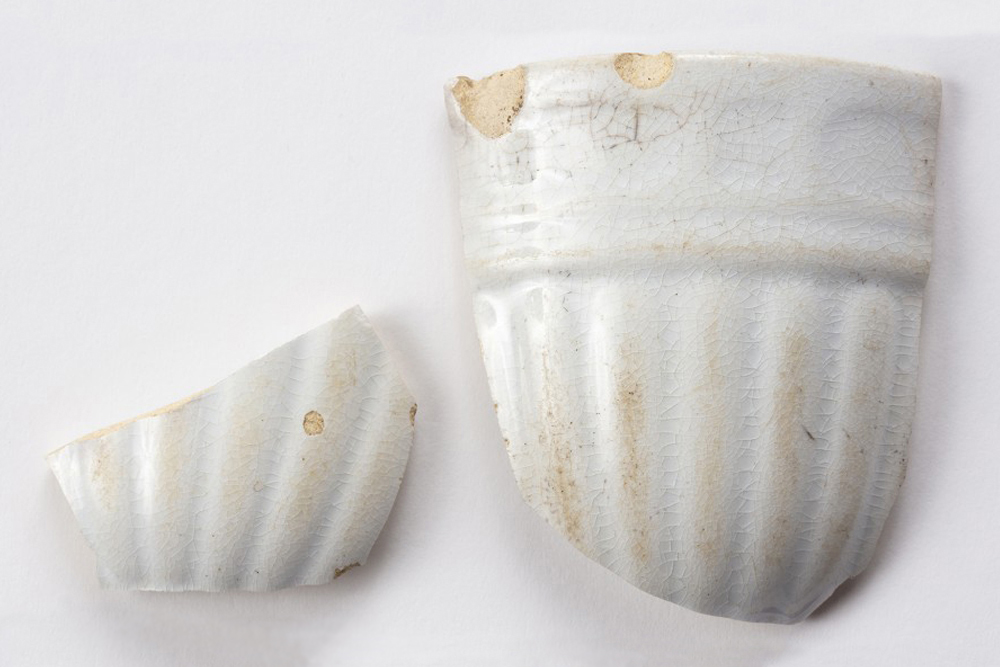Teapot
Tea’s introduction to the West occurred through trade with China in the seventeenth century (Roth 1961, 61). Chinese people had been drinking tea and producing teapots–a pot with a handle, spout, and lid, in which tea is brewed and from which it is poured–for hundreds of years prior out of porcelain. Regions in China, such as Yinxing, became known for their vessels and shipped large quantities over to Britain (Woodhead 2005, 1). The delicacy and whiteness of Chinese porcelain were preferred over the coarser British-made earthenware and stoneware teapots. Because they were imported from afar, Chinese porcelain teapots were very expensive. These factors combined made Chinese wares a symbol of status (Emerson 1992, 2). The popularity of tea drinking increased over time in England, and the custom of taking afternoon tea was developed, beginning in the seventeenth century. This practice, as well as “tea culture” at large, soon made its way over to the Americas through colonization and trade with Great Britain. Tea drinkers on both sides of the Atlantic highly valued their silver and ceramic vessels (Wees 2003).
Staffordshire Ceramics
This object was excavated from the yard shared by the African-American Webster and Philips families in Seneca Village (Figure 1). It is a teapot made in Britain during the mid-nineteenth century. Pottery factories in Staffordshire, England began producing printed underglaze earthenwares in the late eighteenth century and soon dominated the trade (Maryland Archaeological Conservation Laboratory 2015). Staffordshire potteries could produce printed ceramics efficiently and cheaply, making it accessible to both lower- and middle-class people. The ceramics were both sold in England and exported to the Americas. The teapot may have been purchased in New York City, since it was a major trade port with goods from all over the world. The city also had several shops that sold both new and second-hand ceramics. According to the 1855 NYC census, William and Matilda Philips and Eliza Webster were born in New York City, making it very likely that the teapot was purchased in New York.
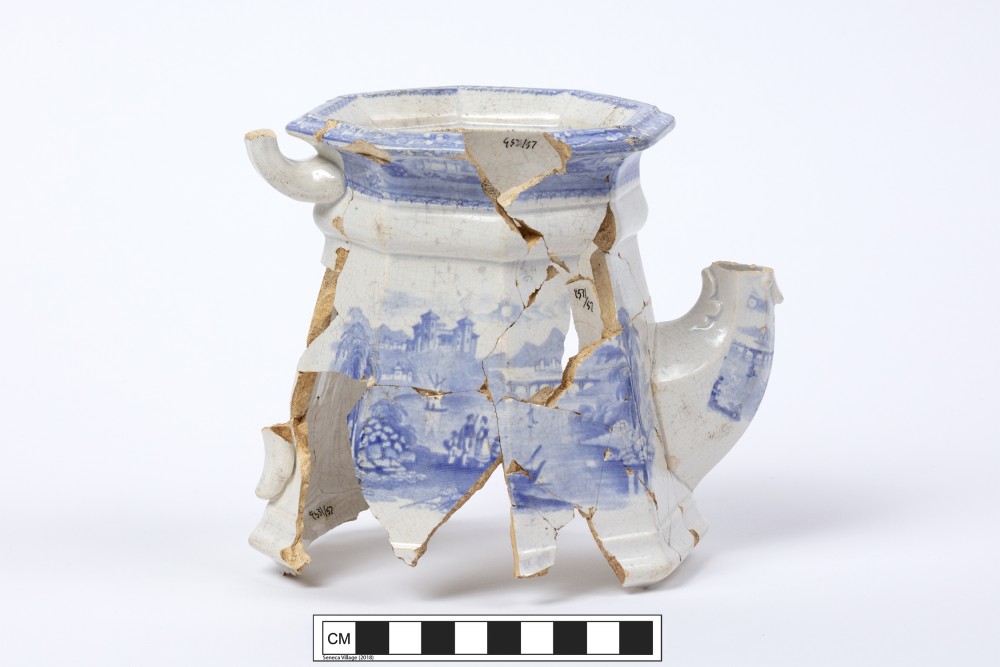
Figure 1: Earthenware Teapot (Photo courtesy of the NYC Archaeological Repository)
Transfer Printing
Because of the lack of any irregularities or maker’s marks on the teapot, I was able to conclude that transfer printing was the method used to decorate it. In this process, a tissue paper or glue bat is used to transfer a design engraved in a copper plate to a ceramic vessel. This method was first used in the 1750s and consisted of two different types of printing: one which occurred prior to the final glazing (known as underglaze printing) and the other after the glazing (known as overglaze printing) (Samford 1997, 2). Transfer printing allowed uniformity in designs, and some Chinese-inspired patterns like Blue Willow and Asiatic Pheasants become very popular, followed by a trend of romantic European landscapes (Samford 1997, 1). Figure 2 shows an earthenware transfer-printed plate made in Staffordshire during the mid-nineteenth century with a pattern similar to the teapot unearthed in Seneca Village that depicts a castle.
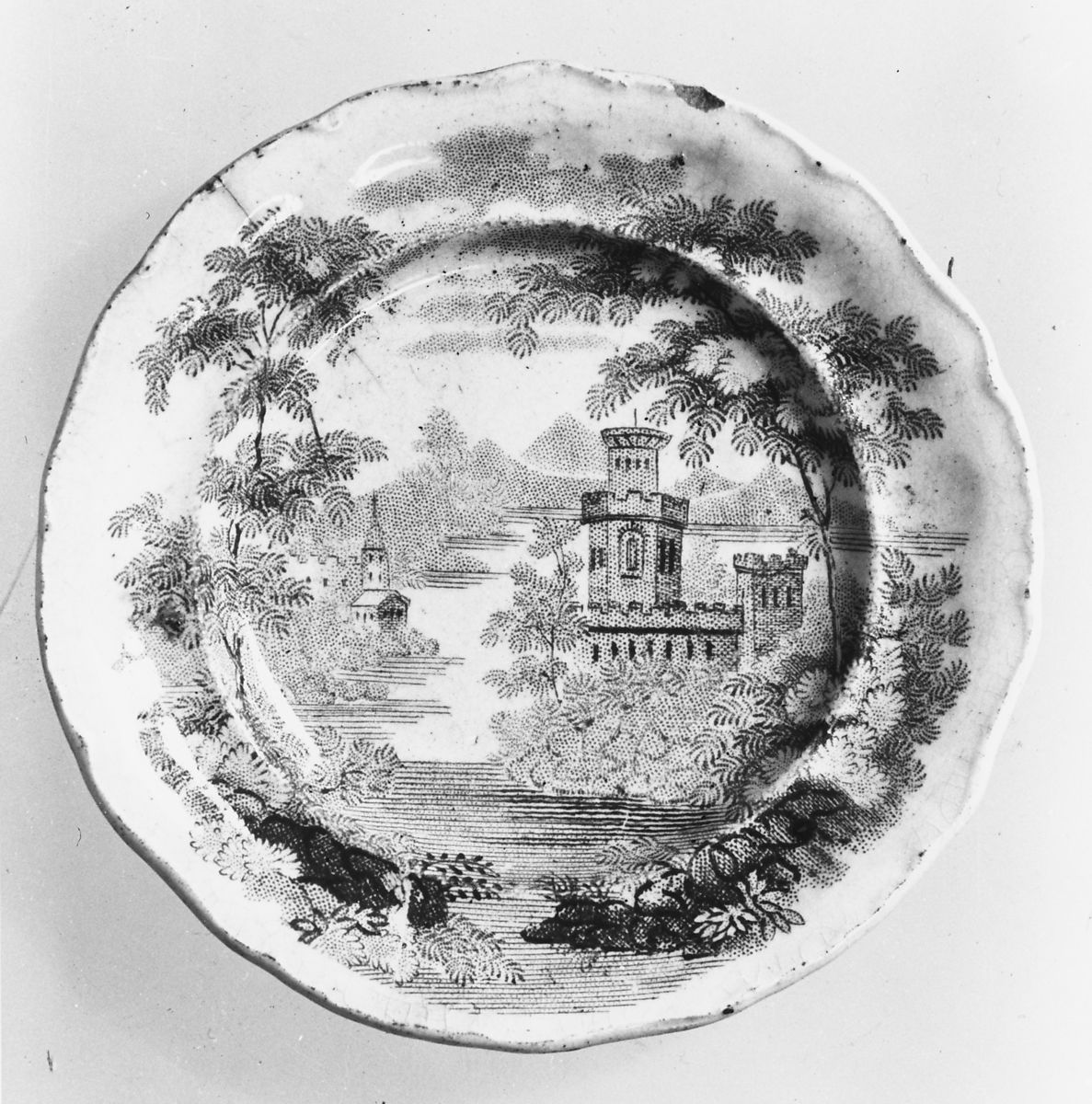
Figure 2: Earthenware, transfer printed plate ca. 1830-ca. 1870. On view at the Metropolitan Museum of Art.
Women and Tea
During the early to mid-nineteenth century, the “cult of domesticity” began to spread through published advice manuals and a developing set of shared practices among middle-class women. This idea outlined the proper way for women to act, emphasizing four main virtues: piety, purity, domesticity, and submissiveness (Welter 1996, 152). The virtue of “domesticity” involved making sure the home was thoroughly cared for and filled with objects that would transform the home into a sanctuary space. These included clocks, furniture, plants, and perfume bottles (Fitts 1999, 47). The so-called “Gothic” was the preferred style, because it had “Christian connotations” and “emphasized a household’s moral nature”(Fitts 1999, 58). Choosing the correct teapot was thus very important.
Other than its obvious purpose of pouring tea, teapots were used to teach proper manners to children and to form friendships and build a community among middle-class women. Middle-class women did not work outside of the home, but instead were “responsible for projecting the image of their families’ gentility” (Wall 1999, 103). Having tea gatherings enabled women to socialize and offer one another companionship in a society that was relatively restrictive. It became a normal and important part of daily life. Tea was typically served at two times of the day: breakfast, which took place at the dining table, and afternoon tea, which was generally held in the parlor. The parlor was the most luxuriously furnished room in a middle-class household (Wall 1991, 79). The Websters’ house was worth $2000– a rather large sum compared to the other values of the houses (mostly priced at $500)– meaning they likely had a parlor in their home. This teapot may have been used by the women of either the Webster or Philips families as a way to socialize with other women in the community. Matilda Phillips was a young woman who had grown up in the village and was living in her first home with her new husband. Eliza Webster, her neighbor, moved into the house sometime between 1850 and 1855 and lived with her husband and children. The women likely interacted with one another as well as the other women in the village during their brief periods of leisure.
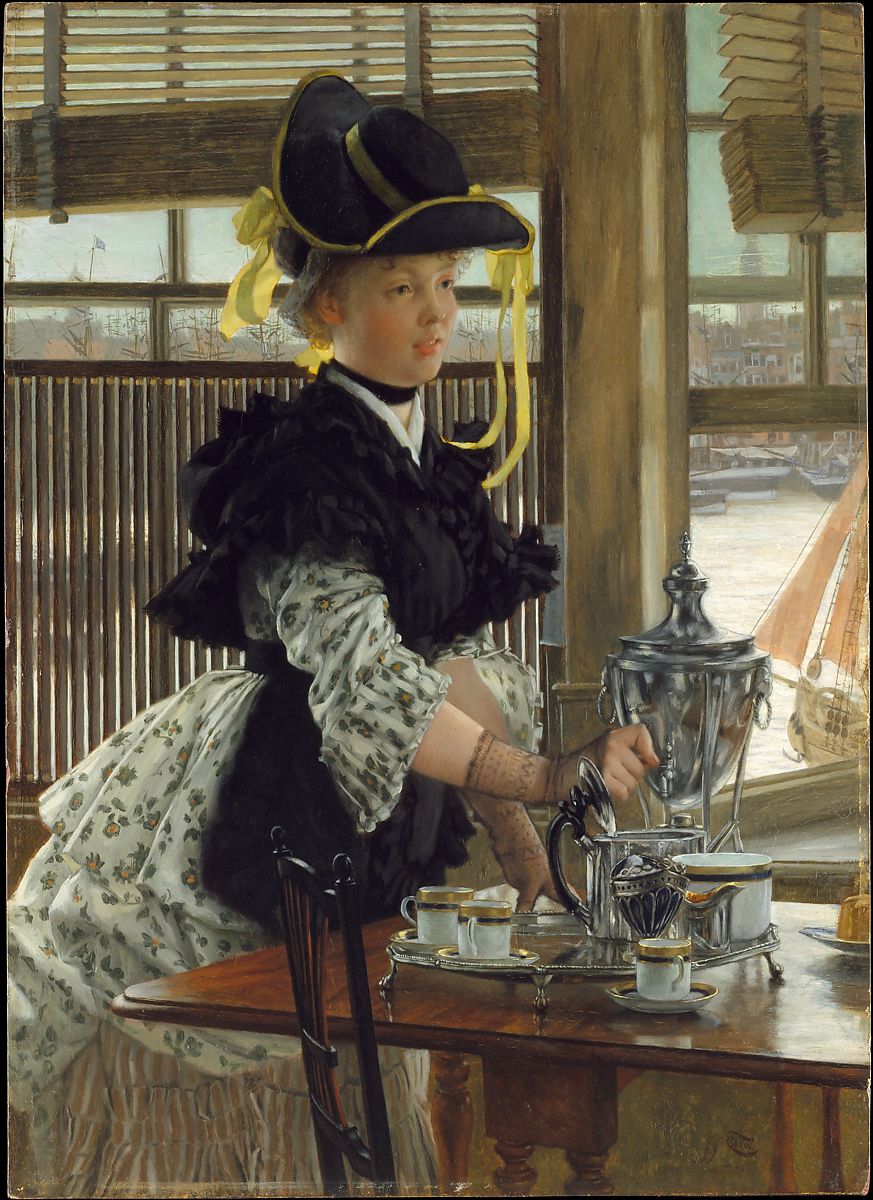
Figure 3: “Tea” by James Tissot. Painted in 1872. Source: Metropolitan Museum of Art.
Medicinal Purposes of Tea
In addition to its social importance, tea had been known for its medicinal purposes for centuries. It was particularly favored by Buddhist monks because it “aided digestion, increased concentration, and reduced the need for sleep”(Benn 2015, 131). It was also proposed by early modern experts to “increase longevity, counteract drunkenness…and help one live a spiritual, intellectual, and productive life”(Rappaport 2017, 25). Tea was said to bring balance to the self and society (Rappaport 2017, 25), as shown in Figure 4, and was a favored beverage of temperance reformers in the nineteenth century, who discouraged excessive consumption of alcohol (Rorabaugh 1991). It is possible that one or both of these families favored temperance or enjoyed tea at least in part because of its positive effects on their bodies. We also know from other studies of African-American practices in the nineteenth century that some African Americans used home remedies, such as topical balms and medicinal teas made of plants, to treat illnesses (Wilkie 1996, 122). The family who owned the teapot may have also used it to brew home remedies. While we cannot be completely certain whether the teapot belonged to the Websters or the Philips, or how exactly they used it, this teapot is an object that likely helped one or maybe even both of the families interact with one another and create a warm and inviting home in Seneca Village.
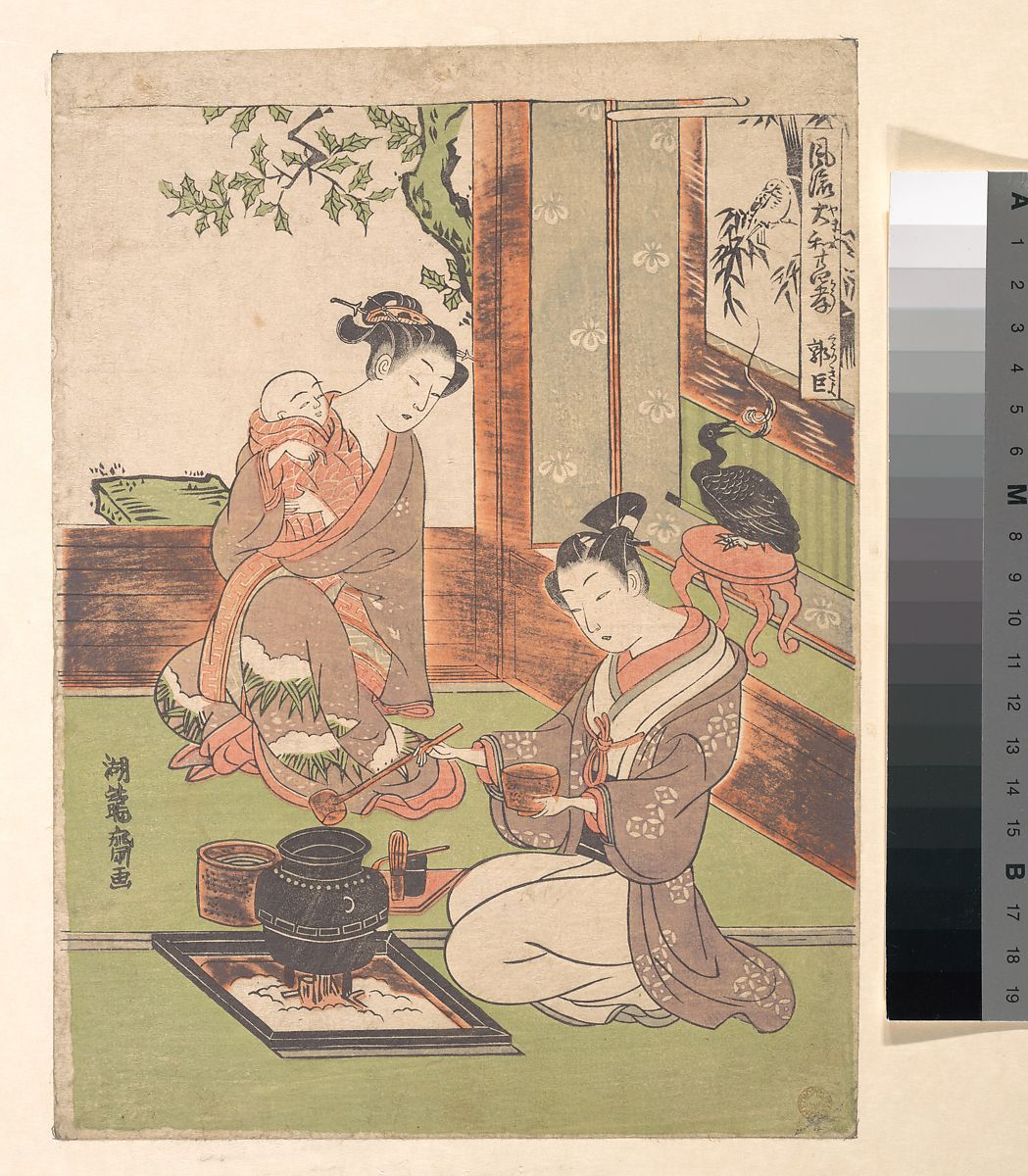
Figure 4: Modern Versions of the twenty-four Paragons of Filial Piety: Guo Zhu. By Isoda Koryūsai (Japanese, 1735–ca. 1790). Source: Metropolitan Museum of Art.
Works Cited
Benn, James A. 2015. China: A Religious and Cultural History. Honolulu, HI: University of Hawai’i Press.
Fitts, Robert K. 1999. “The Archaeology of Middle-Class Domesticity and Gentility in Brooklyn.” Historical Archaeology 33, no. 1: 39-62.
New York City Archaeological Repository: The Nan A. Rothschild Research Center. 2020. “Seneca Village.” NYC Landmarks Preservation Commission, New York, NY. http://archaeology.cityofnewyork.us/collection/map/seneca-village.
“Printed Underglaze Earthenware.” 2015. Maryland Archaeological Conservation Laboratory. apps.jefpat.maryland.gov/diagnostic/Post-Colonial%20Ceramics/Printed%20Earthenwares/index-PrintedEarthenwares.htm.
Rappaport, Erika. 2017. A Thirst for Empire: How Tea Shaped the Modern World,. Princeton, NJ: Princeton University Press.
Rorabaugh, W. J. 1991. “Alcohol in America.” OAH Magazine of History 6 (2): 17–19.
Roth, Rodris. 1961. “Tea Drinking in 18th-Century America: Its Etiquette and Equipage.” United States National Museum Bulletin 225: 61-91.
Samford, Patricia. 1997. “Response to a Market: Dating English Underglaze Transfer-Printed Wares.” Historical Archaeology 31, no. 2:1-30.
Wall, Diana diZerega. 1991. “Sacred Dinners and Secular Teas: Constructing Domesticity in Mid-19th-Century New York.” Historical Archaeology 25, no. 4: 69-81.
Wall, Diana Dizerega. 1999. “Examining Gender, Class and Ethnicity in Nineteenth-Century New York City.” Historical Archaeology 33, no. 1: 102-117.
Wees, Beth Carver. 2003. “Coffee, Tea, and Chocolate in Early Colonial America.” The Metropolitan Museum of Art. www.metmuseum.org/toah/hd/coff/hd_coff.htm.
Welter, Barbara. 1966. “The Cult of True Womanhood: 1820-1860.” American Quarterly 18: 151-174.
Wilkie, Laurie. 1996. “Medicinal Teas and Patent Medicines: African-American Women’s Consumer Choices and Ethnomedical Traditions at a Louisiana Plantation.” Southeastern Archaeology 15, no. 2: 119-131.
Woodhead, Steve. 2005. The Teapot Book. Philadelphia, PA: University of Pennsylvania Press.

